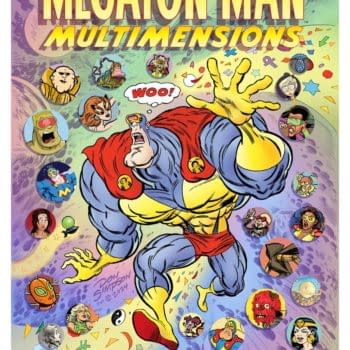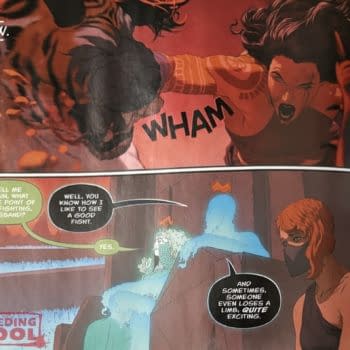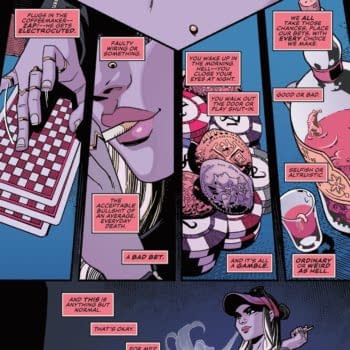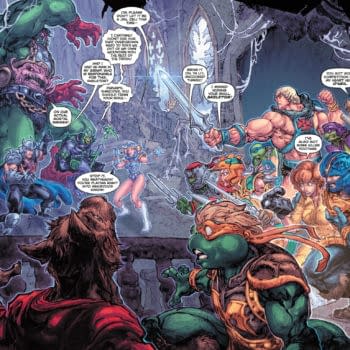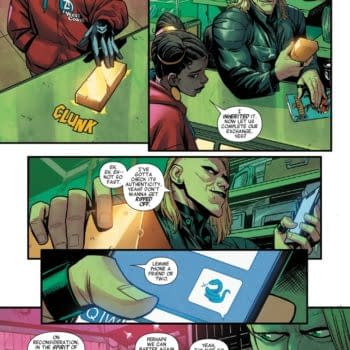Posted in: Comics | Tagged: Comics
When S Clay Wilson Worked For Marvel Comics – John Lind On Comix Book, And Six Pages Previewed
We mentioned this earlier today. The Kitchen Sink Book imprint, set up with Dark Horse Comics with Denis Kitchen and John Lind.
Lind writes for Bleeding Cool;
The thing I find fascinating is that via Comix Book, S. Clay Wilson, arguably the most notorious of the underground cartoonists, actually once worked for Marvel Comics! Stan Lee actually authorized paychecks to him at some point . . .
Both Denis and I feel the long-standing Best of Comix Book collection is a worthy first title for our Kitchen Sink Books imprint given its connection to the creators' rights and ownership issues that have helped define contemporary publishers like Dark Horse. As James Vance outlines in his essay for the collection, I think a good argument can be made that this project helped directly open the door for creator-owned material at Marvel. This back and forth between Denis and Stan Lee over ownership and copyrights was taking place back in the mid-1970s and ultimately ended with the underground creators being allowed to retain all rights to their stories and creations. It was groundbreaking for mainstream comics publishing and this format obviously served as the business model for Marvel's future Epic Illustrated line, launched six years later, for which creators also retained characters, copyrights, and royalties. These types of precedents led to creator-owned work eventually being accepted throughout the industry.
Comix Book lasted for five 64-page issues, so just over 300 pages of comix were narrowed down to about 150 for inclusion in the "Best of." Some of the material was uneven as far as quality, but some creators contributed outstanding work; for example, Justin Green's "We Fellow Travellers" is a crazy, well-crafted long-form story. Art Spiegelman's early version of "Maus" is included—this was its first national exposure. A number of classic Deitch comix, Trina's "Panthea," and a Harvey Pekar story (from 1976, the same year American Splendor debuted) are also high points in my opinion. Marvel was restrictive to some degree in terms of content, but in rereading all of the material for the collection, we were all surprised at how far the limits were pushed in what was allowed to appear: nudity, socially sensitive topics, drug use, and strong adult content and language.
In addition to a great paycheck for the era, Marvel provided huge exposure for some of these cartoonists—even relatively successful and respected ones like Spiegelman, Deitch, and Wilson weren't seeing print runs anywhere close to what Comix Book could provide. The print run is believed to have been an astounding 200,000 copies per issue for Comix Book #1, #2, and #3.
Stan Lee contributed a great introduction to this collection and you can tell he still holds the Comix Book experiment in high regard. It really was a risk on his part, since this was very early in his tenure as Marvel's publisher, but he was receptive and in agreement with the idea that comics could be used to tell stories of all types—and not just aimed at kids. Stan even went out of his way—at age 90—to support the project and sign 250 copies of the limited edition of the book.



















